How to transition your dog to a raw food diet
Are you looking to give your furry friend a healthier diet? Then look no further, because transitioning your dog to a raw food diet might just be the answer! Not only can this type of diet improve their overall health and well-being, but it’s also a more natural approach to feeding them. So, if you want to learn how to make the switch successfully, keep reading for our top tips on how to transition your dog to a raw food diet.
Table of Contents
- What is a raw food diet?
- Why transition your dog to a raw food diet?
- How to transition your dog to a raw food diet.
- What to feed your dog while on the raw food diet
- FAQs about transitioning
What is a raw food diet?
A raw food diet is a type of diet that is based on whole, unprocessed foods. Raw food diets can be a good choice for dogs who have allergies or sensitivities to common dog foods. Raw food diets are also good for dogs with obesity or other chronic health concerns because they are high in fiber and nutrients. There are several types of raw food diets, including the freeze-dried raw food diet and the home-cooked raw food diet.
To transition your dog to a raw food diet, start by creating a shopping list of ingredients that will be needed to make the meals. The ingredients should include fresh meat, fresh vegetables, fruits, and nuts. In addition, you will need canned fish if your dog prefers that as part of his or her diet. You can also provide wet and dry kibble as an option for your dog during the transition period.
Once you have prepared all of the ingredients for the meals, begin feeding them to your dog in small portions two or three times per day. Make sure to keep the meals simple: Choose just four or five items from each category on the grocery list and feed those items together as one meal.
Once your dog has gotten used to eating these five items regularly, switch out one item each week until all five items are gone. If your dog does not seem to enjoy a raw food diet initially, try adding ground bone marrow or fresh boneless skinless chicken thighs into his or her meals at first until he
When transitioning your dog to a raw food diet, you’ll want to start slowly by feeding them about 25% of their daily calories in raw form. Over time, decrease the amount of cooked food as you see fit and observe their body language to make sure they’re thriving on this new diet. Make sure they have plenty of fresh water and exercise while following a raw food diet – your dog will thank you!
Why transition your dog to a raw food diet?
There are a few reasons why transitioning your dog to a raw food diet is a good idea. According to petMD, “A raw diet may provide your dog with all the vitamins, minerals, and essential fatty acids the animal needs. These nutrients work together synergistically to support good health.”
Another benefit of feeding your dog a raw food diet is that it can help reduce the risk of canine obesity. Raw foods are high in fiber, which helps regulate digestion and keep pounds off over time.
Finally, feeding your dog a raw food diet has been shown to promote strong immune systems and overall health. By providing their bodies with wholefoods, dogs are more likely to fight off infectious illnesses – both when they’re sick and during healthy periods – without resorting to antibiotics or other medications.
How to transition your dog to a raw food diet.
There are a few things that you need to do in order to Transition your dog to a Raw Food Diet. First, make sure that they have enough water and that their diet is supplemented with high quality hay, green veggies and fruit. Once your dog is adjusted to their new food, slowly start weaning them off of the cooked food.
You can switch them entirely over to a raw diet, or just begin weaning them off of cooked food over time. Make sure they always have plenty of fresh water available to drink and that they are kept hydrated throughout the Transition period.
What to feed your dog while on the raw food diet
- Get started by reading the blog article “How to transition your dog to a raw food diet.” This provides helpful tips and advice on how to begin feeding your dog a raw food diet.
- Always read the ingredients list of any food you give your dog, as some brands contain processed foods that can potentially harm them. Some good brands to try include: Canyon Creek, Nature’s Variety, and Honest Kitchen.
- There are many different types of raw dog food recipes out there, so start with what seems most appealing to you and experiment from there. Here are some basic recipes to get you started:
- Turkey and Duck Recipe:
Combine 1 cup cooked turkey or duck meat, 2 tablespoons avocado oil or olive oil, 1/2 teaspoon black pepper, 1 mashed banana or applesauce, 2 cups rice moistened with water and 2 teaspoons pink Himalayan salt according to package instructions. Feed this recipe three times per day.
- Venison Recipe:
Add 1 cup venison meat (deer) chopped into small pieces (usually around the size of a tennis ball), 2 tablespoons chopped fresh rosemary leaves or thyme leaves, 1 tablespoon chopped fresh sage leaves or lavender flowers, 1 tablespoon extra virgin olive oil or coconut oil, 3 cups water warmed to room temperature and 3 teaspoons pink Himalayan salt according to package instructions. Feed this recipe two times per day.
FAQs about transitioning
Are there any risks involved in transitioning my dog to a raw food diet?
There are some potential risks associated with transitioning your dog to a raw food diet, but these are relatively minor and generally manageable. These include the possibility of gastrointestinal issues if your dog is not used to eating a raw diet, and the risk of introducing harmful bacteria into your home if you do not properly clean and sanitize all equipment used in preparing or consuming raw foods. Always consult with your veterinarian before beginning a new diet for your dog and be sure to monitor their health closely while they are on it so that any issues can be addressed promptly.
Conclusion
If you are considering transitioning your dog to a raw food diet, there are some important things to know. It is very important that you do not try this without consulting with a vet first, as transitioning your dog to a raw food diet can be very dangerous if done improperly. Here are some tips on how to transition your dog successfully:
1) Start by gradually introducing cooked meat and bone meals into the animal’s diet over a period of several weeks. This will help ease them into the change while minimizing any chance of gastrointestinal upset or other dietary problems.
2) Be sure to keep plenty of fresh water available for the animal during this time – they may become dehydrated if their water intake is restricted.
3) Be patient – it may take up to two months for most dogs to fully adjust to a raw food diet. If things go smoothly and their health remains healthy throughout the process, you may eventually decide not toFeed them altogether exclusively on raw meat and bones!
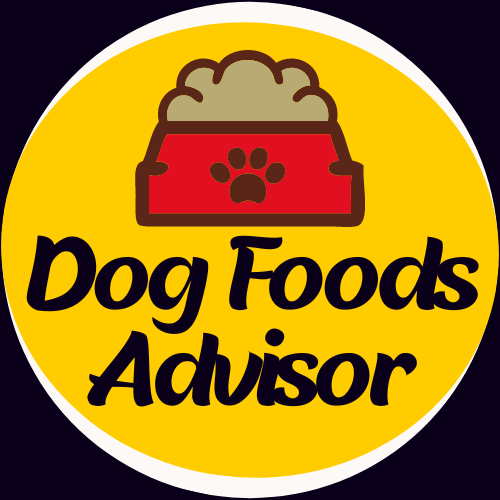
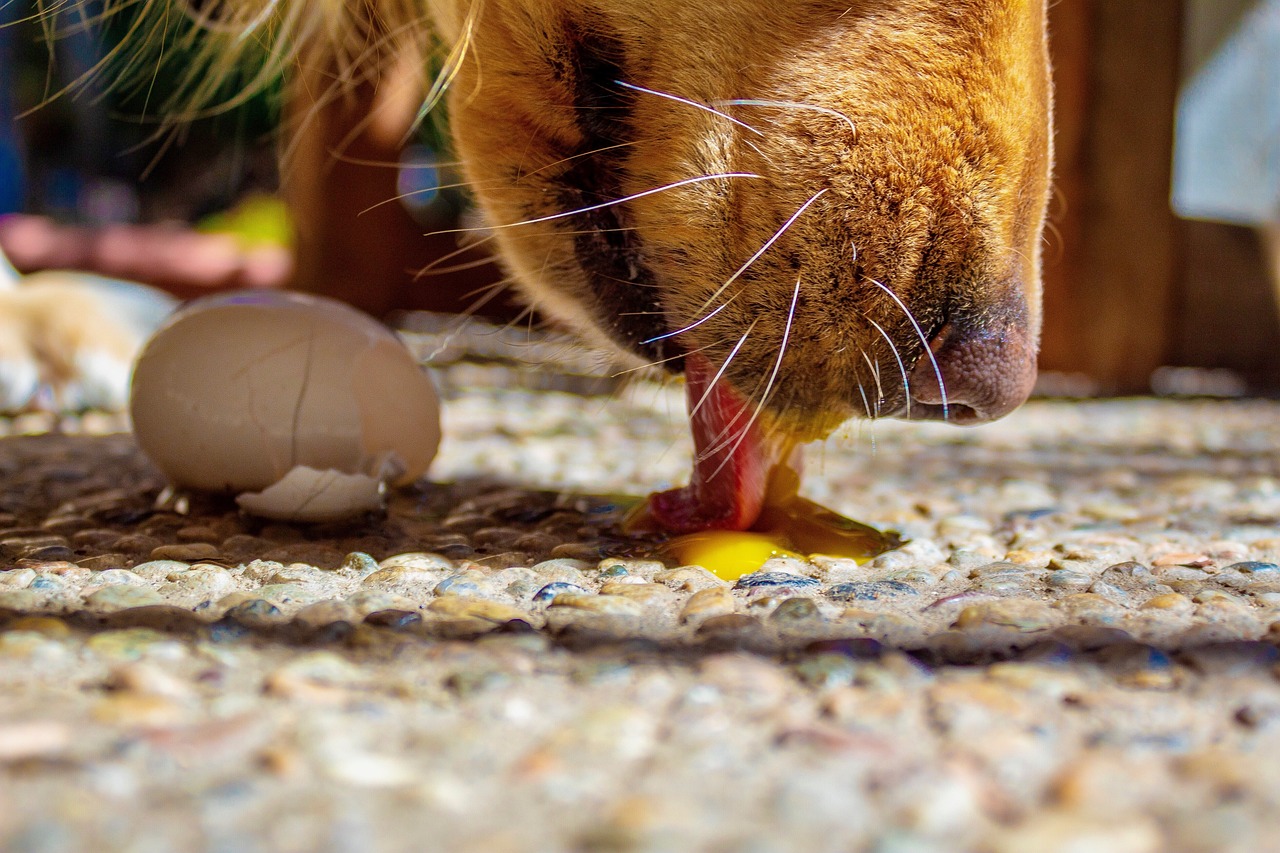
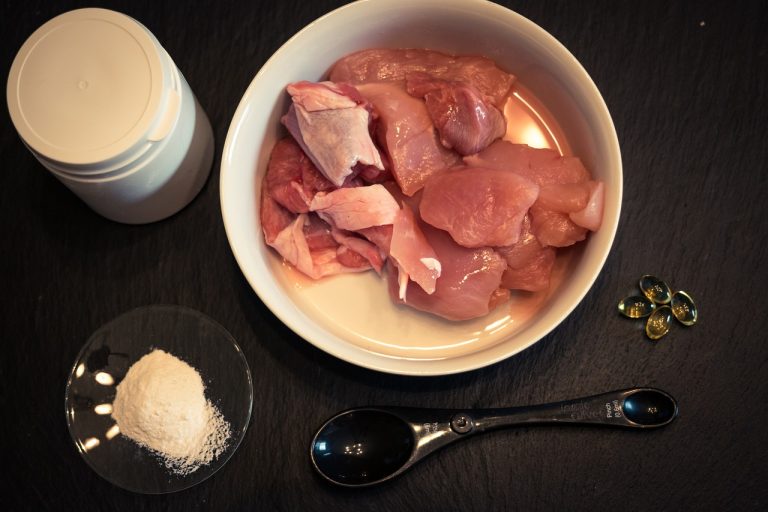
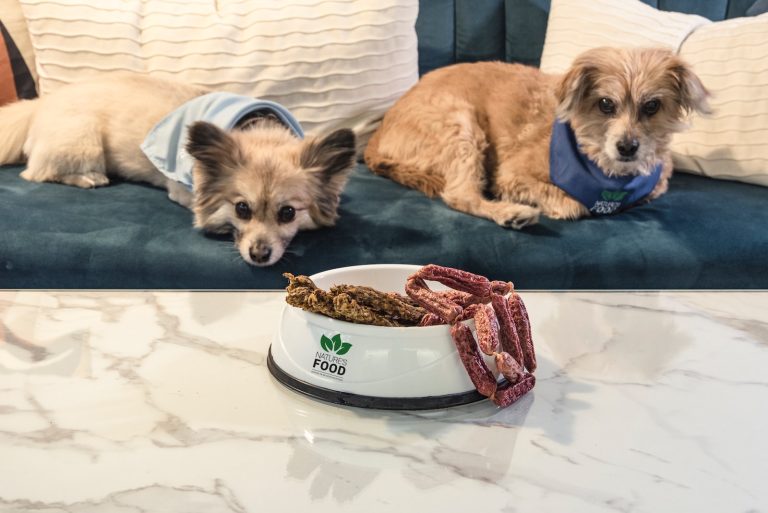
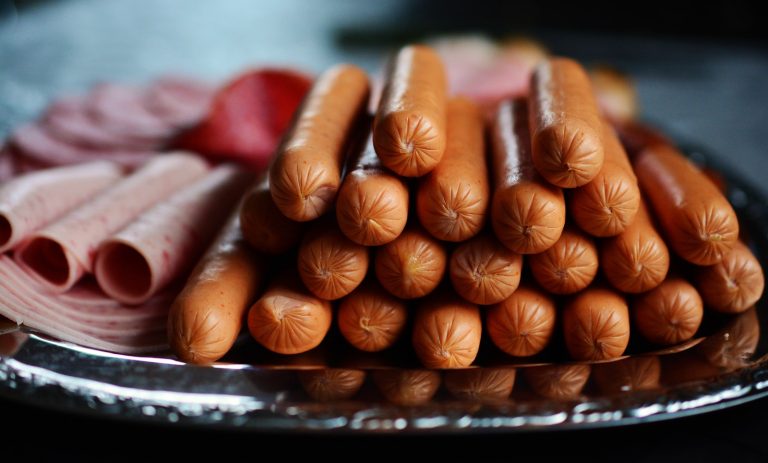
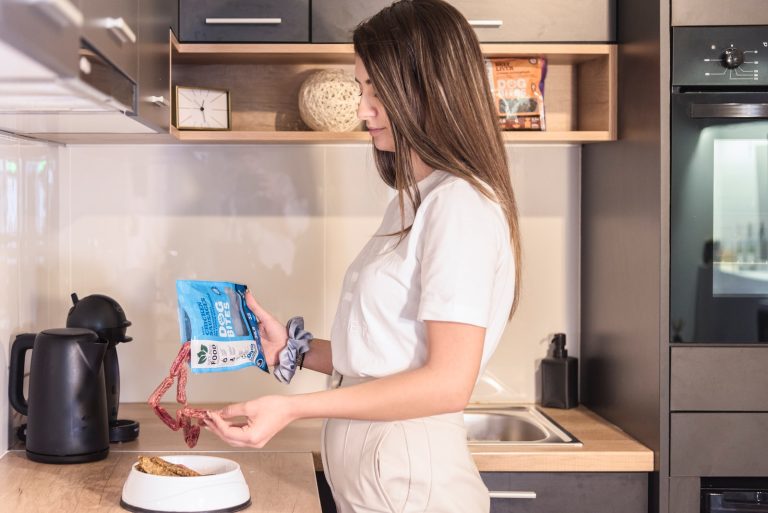
One Comment